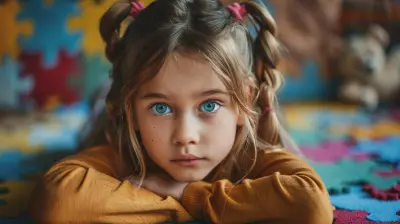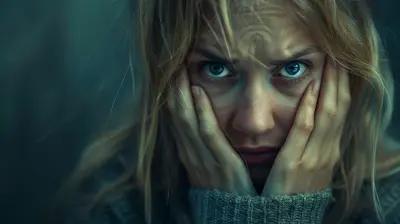The Pareidolia Phenomenon: Why We See Faces in Random Objects
4 October 2025
Have you ever looked at a cloud and thought, "Hey, that looks like a dog!" or seen a smiley face staring back at you from the front of a car? If so, you're not alone. This quirky little occurrence is more common than you think, and it has a name—pareidolia. But why do we see faces or familiar shapes in random objects, like a grilled cheese sandwich or a tree trunk? It’s a fascinating psychological phenomenon that gives us a glimpse into the way our brains work.
In this article, we’re going to dive deep into the science behind pareidolia, explore why it's so common, and why our brains are hardwired to see faces in just about everything. Buckle up, because this is going to be a fun ride through the wacky world of human perception!
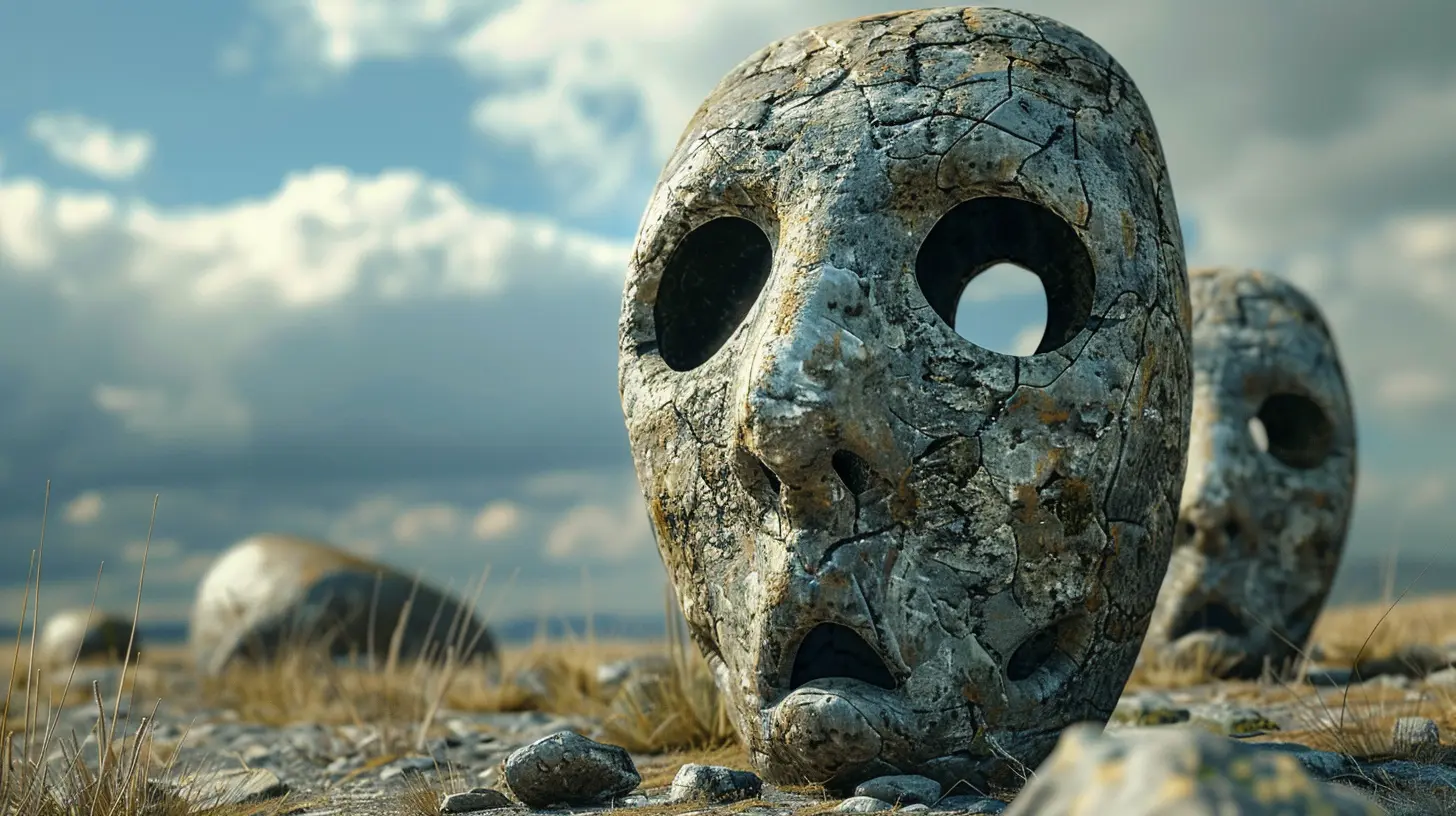
What is Pareidolia?
First off, let’s get the technical definition out of the way. Pareidolia (pronounced: par-eye-DOH-lee-a) is a psychological phenomenon where people see patterns, particularly faces, in random or unrelated stimuli. It’s not just limited to faces, though—that burnt toast that looks like an image of Elvis? That’s pareidolia too. Essentially, our brains are so good at recognizing patterns that sometimes they go a little overboard and see things that aren’t really there.So why does this happen? Well, it turns out our brains are wired to recognize faces, and they do it really, really well. In fact, we’re so good at facial recognition that we sometimes see faces where there are none. Think about it like an overzealous security guard. The guard is so focused on catching intruders that they sometimes mistake innocent passersby for criminals. Similarly, our brains are so focused on recognizing faces that they sometimes see them in completely random objects.
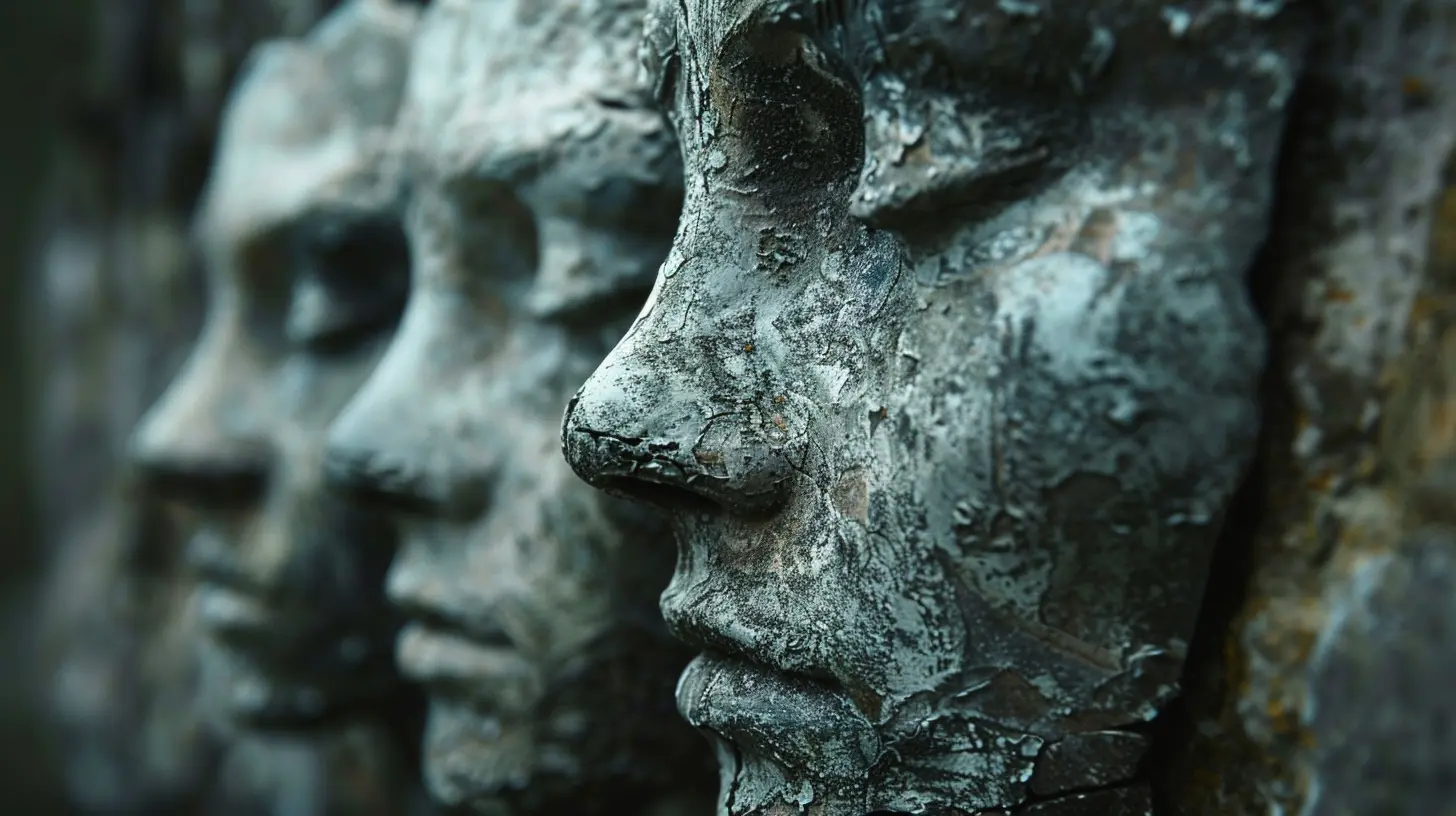
The Science Behind Pareidolia
Now that we know what pareidolia is, let’s dig into the neuroscience behind it. The human brain has a specialized region called the fusiform face area (FFA), located in the temporal lobe, which is specifically responsible for recognizing faces. This area is so finely tuned that it can detect a face in less than a fraction of a second.Here’s the kicker: because the FFA is so efficient, it sometimes works overtime. It’s like a hyperactive radar that picks up signals even when there’s none to be found. This is why you might see a face in the clouds or in the front of a car—the FFA is trying to make sense of visual stimuli and is erring on the side of caution by identifying faces, just in case.
Evolutionary Roots of Pareidolia
You might be wondering, "Why would my brain go out of its way to see faces everywhere?" The answer lies in our evolutionary history. Back in the day (we’re talking hunter-gatherer era), being able to quickly recognize a face could be a matter of life or death. Spotting a predator or an unfamiliar human face from a distance could have meant the difference between survival and becoming someone’s dinner.In evolutionary terms, it’s better to be overly cautious than to miss a potential threat. So, our ancestors developed an acute ability to detect faces—and that ability stuck with us. Even though we no longer need to worry about saber-toothed tigers lurking in the shadows, our brains are still wired to identify faces quickly, even when they’re not there.
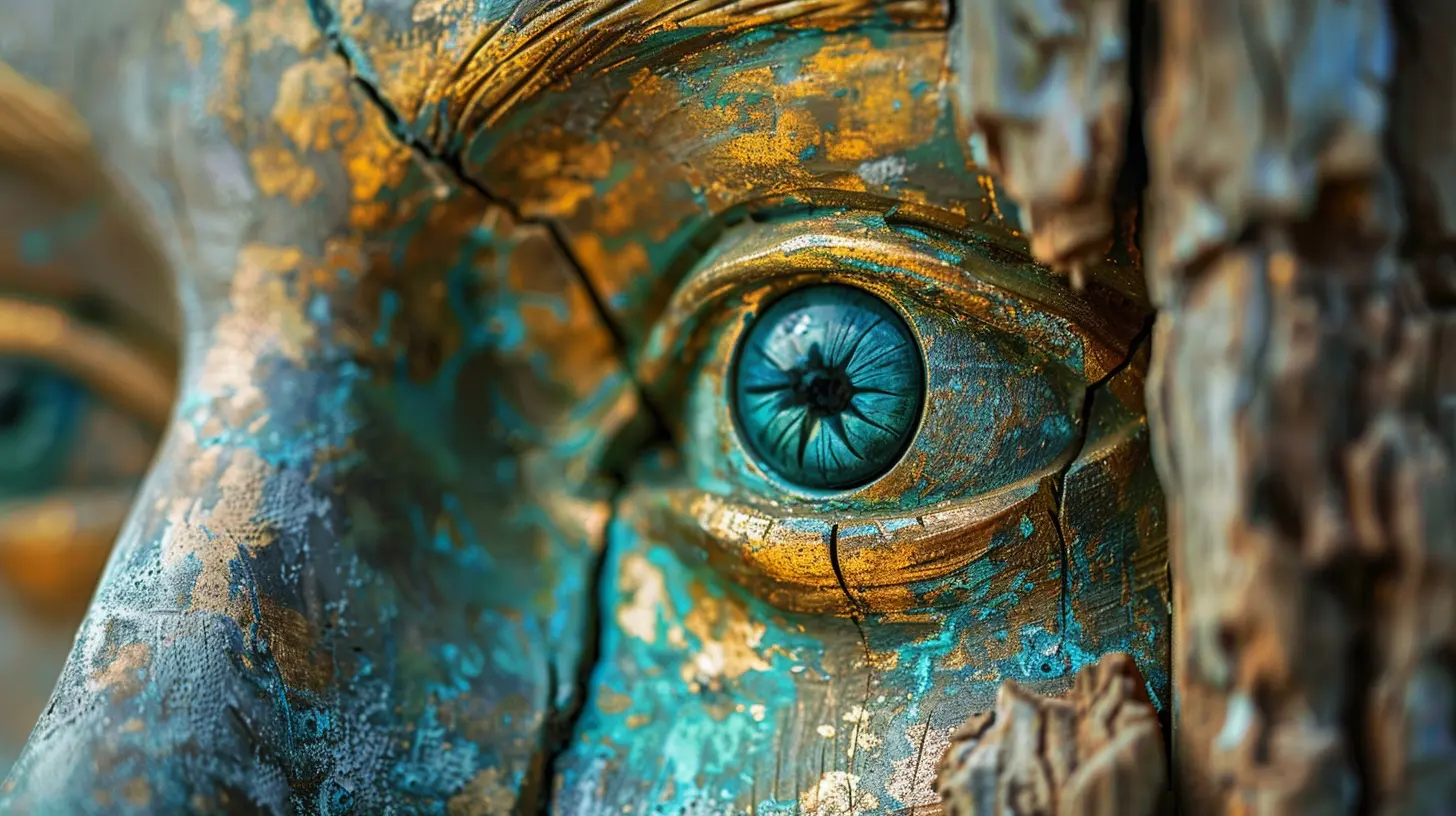
Pareidolia and the Brain: How It Happens
When we see something that resembles a face, our brain goes through a quick, subconscious process to decode the image. In just milliseconds, it evaluates the arrangement of shapes or patterns and decides whether or not they form a face.Here’s a simplified breakdown of the process:
1. Visual Input: Your eyes take in a new stimulus, like a cloud or a rock formation.
2. Pattern Recognition: Your brain starts looking for familiar patterns in the object.
3. Face Detection: If the pattern looks even remotely like a face, your brain sends a signal to the fusiform face area.
4. Confirmation: Your brain confirms that what you’re seeing is, in fact, a face—even if it’s not a real one.
This entire process happens so fast that you don’t even realize it’s happening. It’s like your brain is on autopilot, constantly scanning your environment for anything that resembles a face or another familiar pattern.
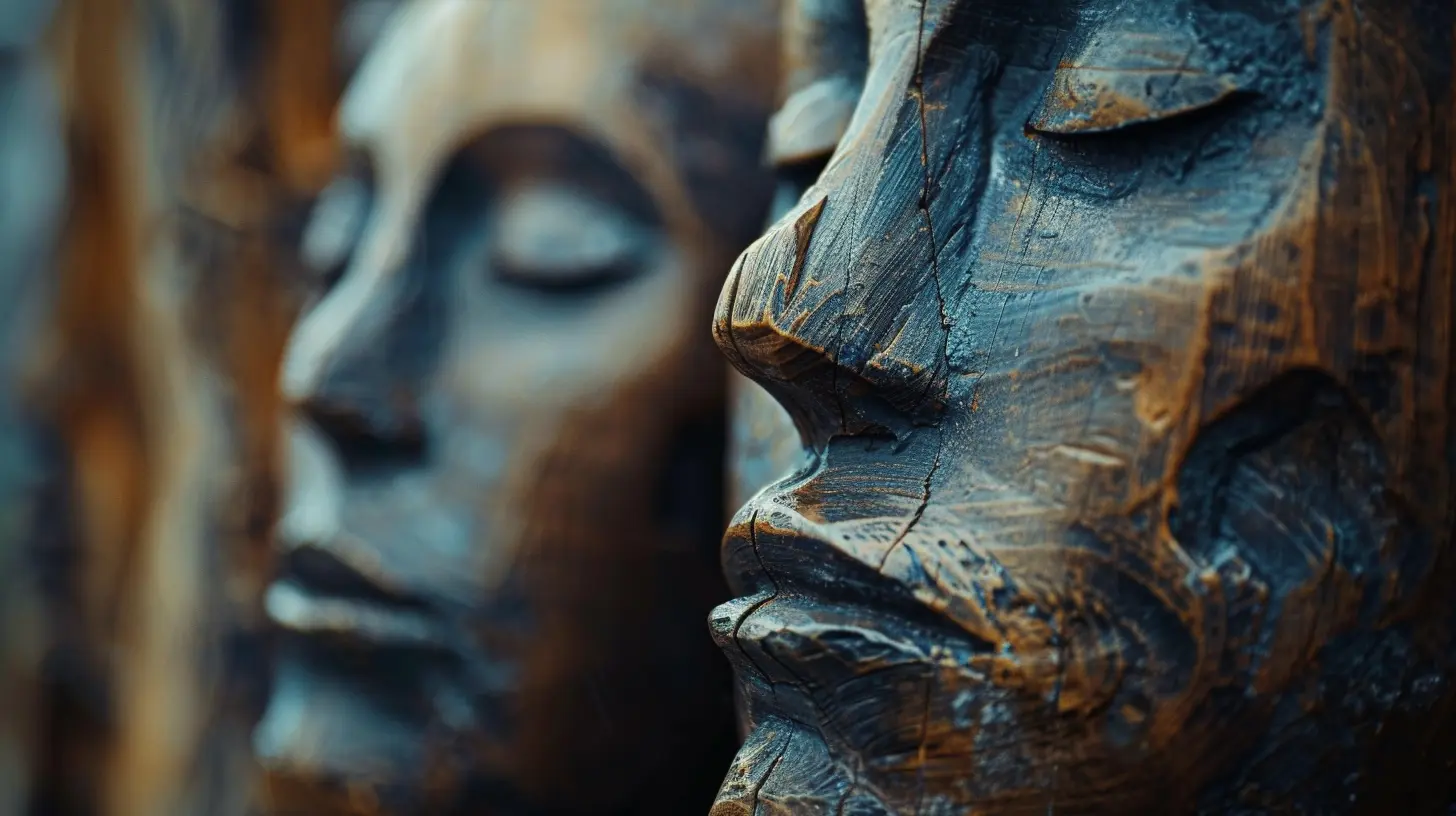
Examples of Pareidolia in Everyday Life
Okay, now that we’ve covered the technical jargon, let’s talk about where you might encounter pareidolia in your day-to-day life. Once you start paying attention, you’ll notice it everywhere!1. Clouds
You’ve probably spent a lazy afternoon looking up at the clouds and spotting all kinds of shapes. A dragon here, a bunny there, maybe even a human face. Clouds are one of the most common sources of pareidolia because their shapes are so fluid and open to interpretation.2. Household Objects
Ever looked at the front of a car and thought it looked like it had a face? Maybe the headlights are eyes, and the grill is a mouth. This is a classic example of pareidolia at work. The same can happen with electrical outlets, furniture, or even the arrangement of items in your kitchen.3. Food
One of the most famous examples of pareidolia involves food. People have claimed to find religious icons, celebrity faces, and even animals in all kinds of food—from toast to chocolate bars. There’s even a famous case of a woman who reportedly saw the Virgin Mary in a grilled cheese sandwich!4. Nature
Trees, rock formations, and mountains can also trigger pareidolia. Sometimes, the way the bark of a tree is arranged or the way shadows fall on a rock can make it look like a face is staring back at you. One famous example is the "Face on Mars," a rock formation that, when photographed by orbiting spacecraft, looked uncannily like a human face.Pareidolia in Art and Culture
Interestingly, pareidolia isn’t just a random quirk of human perception; it’s also had a big impact on art and culture throughout history. Artists have long been fascinated by the idea of finding shapes and faces in unlikely places, and they’ve often incorporated this concept into their work.1. Rorschach Test
The famous Rorschach inkblot test is essentially an exercise in pareidolia. When you’re asked to look at a random inkblot and describe what you see, you’re engaging in a form of pareidolia. The psychologist who administers the test then interprets your responses to gain insight into your mind.2. Religious Icons
Throughout history, people have claimed to see religious figures in all sorts of places. From the face of Jesus on a piece of toast to the Virgin Mary on a tree stump, these instances of pareidolia have often been interpreted as miraculous signs.3. Surrealist Art
Artists like Salvador Dalí and Max Ernst used pareidolia to their advantage in their surrealist paintings. They created dreamlike, ambiguous images that encourage viewers to find their own meaning. In a way, they were playing with the brain’s tendency to see patterns and faces in random shapes.
The Psychology of Why We See Faces
So why are we so drawn to faces, specifically? Why not other shapes, like triangles or squares? It all comes down to our social nature. Humans are social creatures, and much of our survival depends on the ability to understand and interpret the emotions and intentions of others. The face is the primary way we communicate nonverbally. A quick glance at someone’s facial expression can tell us if they’re happy, sad, angry, or scared.Because of this, our brains have developed a kind of radar for faces. We prioritize faces above all other patterns because they give us critical information about the social world around us. Even newborn babies show a preference for looking at faces, which suggests that this ability is hardwired into our brains from birth.
Emotional Connection
There’s also an emotional component to why we see faces in random objects. When we recognize a face, even if it’s just a face-like pattern in a tree or a car, we feel a sense of connection. It’s as if our brain is saying, “Hey, I know you!” Even though we intellectually know it’s not a real face, the emotional response is still there.This may explain why people sometimes develop emotional attachments to inanimate objects that appear to have faces. Who hasn’t felt a little sad when their favorite mug, with its smiley face, breaks? Or maybe you’ve given your car a nickname because its "face" looks friendly. That’s pareidolia at work, creating an emotional bond with something that doesn’t have feelings.
Is Pareidolia a Sign of Something Deeper?
Some people might worry that seeing faces in random objects is a sign of some kind of mental disorder, but don’t worry—pareidolia is completely normal. In fact, it’s a sign that your brain is working just as it should. However, in rare cases, extreme pareidolia can be a symptom of certain neurological conditions, like schizophrenia or Parkinson’s disease. These conditions can cause an exaggerated tendency to see patterns and faces in random stimuli.But for the vast majority of people, pareidolia is just a fun quirk of human perception. It’s something to enjoy and marvel at, rather than something to be concerned about.
Conclusion: Embrace the Faces!
So, the next time you find yourself seeing a face in a cloud, a tree, or even a piece of toast, don’t be alarmed. It’s just your brain doing its job—finding patterns and making sense of the world around you. Pareidolia is a fascinating reminder of how our minds work, and it’s a testament to the incredible power of the human brain.While it may seem like a silly or trivial phenomenon, pareidolia actually offers a window into our evolutionary history, our social nature, and the ways our brains are wired to protect us. So go ahead—embrace the faces you see in random objects. After all, they’re just a reflection of your brain’s amazing ability to make sense of the world.
all images in this post were generated using AI tools
Category:
Psychological BiasAuthor:

Matilda Whitley
Discussion
rate this article
1 comments
Geneva Stevens
Thank you for this fascinating exploration of pareidolia! It's incredible how our brains seek patterns and meaning in randomness. I appreciate the insights you shared on this intriguing phenomenon.
October 5, 2025 at 3:24 PM
